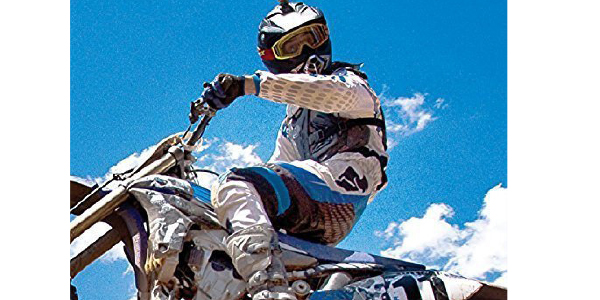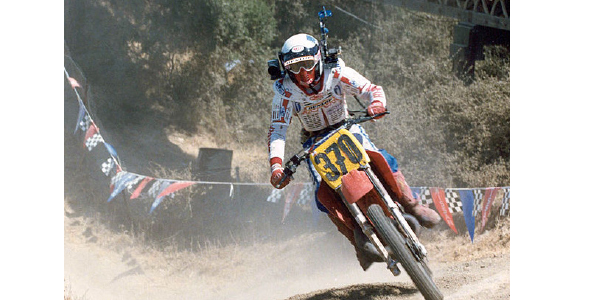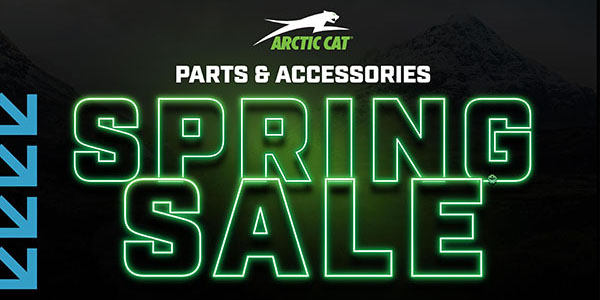 After spending thousands of dollars on a new bike and riding gear, powersports enthusiasts often look for ways to capture their experiences so they can share it with friends, because that is what we do now. With the advent of social media, the stage has been set for every Joe and Mary to tell the world how awesome their life really is – and now thanks to action cameras, everyone can see it in full motion!
After spending thousands of dollars on a new bike and riding gear, powersports enthusiasts often look for ways to capture their experiences so they can share it with friends, because that is what we do now. With the advent of social media, the stage has been set for every Joe and Mary to tell the world how awesome their life really is – and now thanks to action cameras, everyone can see it in full motion!
If you’ve watched any motorsports on television in the last two decades you probably noticed the “in-car” footage or point of view (POV) action shots being beamed back into your living room. Well, those original cameras were as expensive as many of the vehicles you sell today. In fact, some of the early action cameras were simply helmets made to hold a regular movie camera or video camera. Image stabilization was implemented by how steady you could hold your head. Even Steve McQueen famously donned a helmet cam in the movie LeMans to make the driving scenes more realistic.
In 1965, Denver Broncos Quarterback Jacky Lee wore a helmet cam made by General Dynamics to film him in practice. The helmet was enormous and not at all resembling a football helmet, but it was years ahead of its time. These contraptions helped athletes and astronauts improve their craft.
In 1987 Mark Schulze taped a camera to his motorcycle helmet and recorded one of his mountain bike runs. Like other mobile video contraptions before it, it was a pretty crude home-built prototype, but his films became a sensation in the mountain bike scene.
But Schulze didn’t profit from his camera creation. “I didn’t patent the combination,” he told the Independent. “I was young and I just used this invention for the videos I was creating; the first mountain-biking videos. I really didn’t think about the future applications and possibilities of something like this.”
The GoPro, arguably the innovator of the action camera market today, was first invented way back in 2002 by a surfer named Nick Woodman who wanted a simple, affordable camera to capture up-close action. The early cameras were 35 mm film and featured a wrist strap so users could perform hands-free (although, you still had to shoot the photos manually). Today GoPro is a billion-dollar entity and has made its mark in nearly every action sport from skydiving to powersports.
While last year was a challenging year for the GoPro brand, which suffered significant stock losses and had difficulties with its drone and other products, the company is still the defacto leader in the market with its Hero series cameras. But there is stiff competition coming from other brands such as Garmin, TomTom, iON, Drift and others.
According to a study conducted by Technavio, a market research company, the action cam market was dominated by the casual user in 2015, with nearly 77 percent of all units sold going to the amateur user. Their research points to an increasing demand for video to upload to sites such as YouTube, Facebook and Instagram.
These cameras are sold online and in electronic stores, but many dealers also do well by stocking them near their helmets and apparel line, or placing them up front near the counter. While you may not be able to sell them for the same low price as Amazon or Walmart, the convenience factor and stocking a good selection of useful mounts and accessories can make a difference in sales. Dealers may also want to consider stocking brands that are not as competitively priced as GoPro for better margins. If you can stock an off brand and carry enough accessories, you may even get other action sports fans to come in to purchase them.
Another good way to up your game in the action camera segment is to post videos on your own YouTube or Facebook channel of rides you’ve been on or events that you’ve taken part in. Be sure to include a clip at the end with the camera that was used and software you used to edit the videos as well as your dealership and contact information. You may also consider hosting a seminar on how to set up, film and edit your action videos. Riders may be capable of performing great things on their machines but have no idea how to use these types of cameras. You could even bring in the rep for these products to help teach the class!
Other areas that dealers can help get an edge over e-tailers or electronic stores is from wiring in cameras directly to your customer’s machine. Most cameras will only shoot 30 minutes to an hour before the battery is flat. But a hard-wired camera can be setup to film on a loop or shoot in stop motion (once every 30 seconds or so) for longer rides.
If you look at the progression of YouTube and other social media sites, they are all pushing video content to the top of SEO searches. People simply prefer to see action more than still shots these days, and there are algorithms to prove this.
While your customer may not care about getting views or becoming a YouTube sensation, they will probably want to produce a cool-looking video from the raw footage they shot with their action camera. And why not help them do it?















